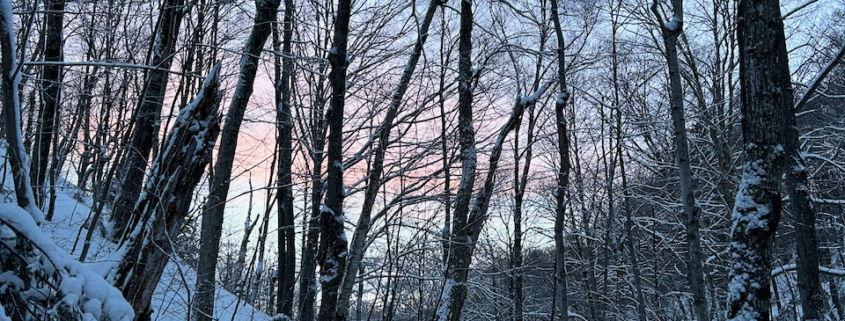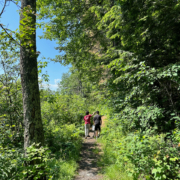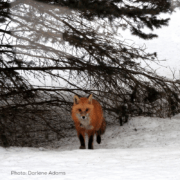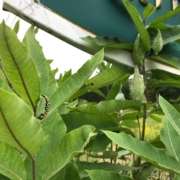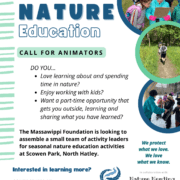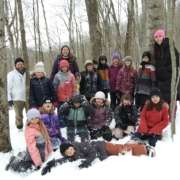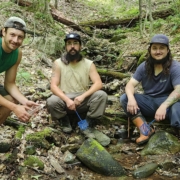New Year’s Resolutions and Nature
Written by Jessica Adams (Nature Nerding)
Reading time: 5-6 minutes
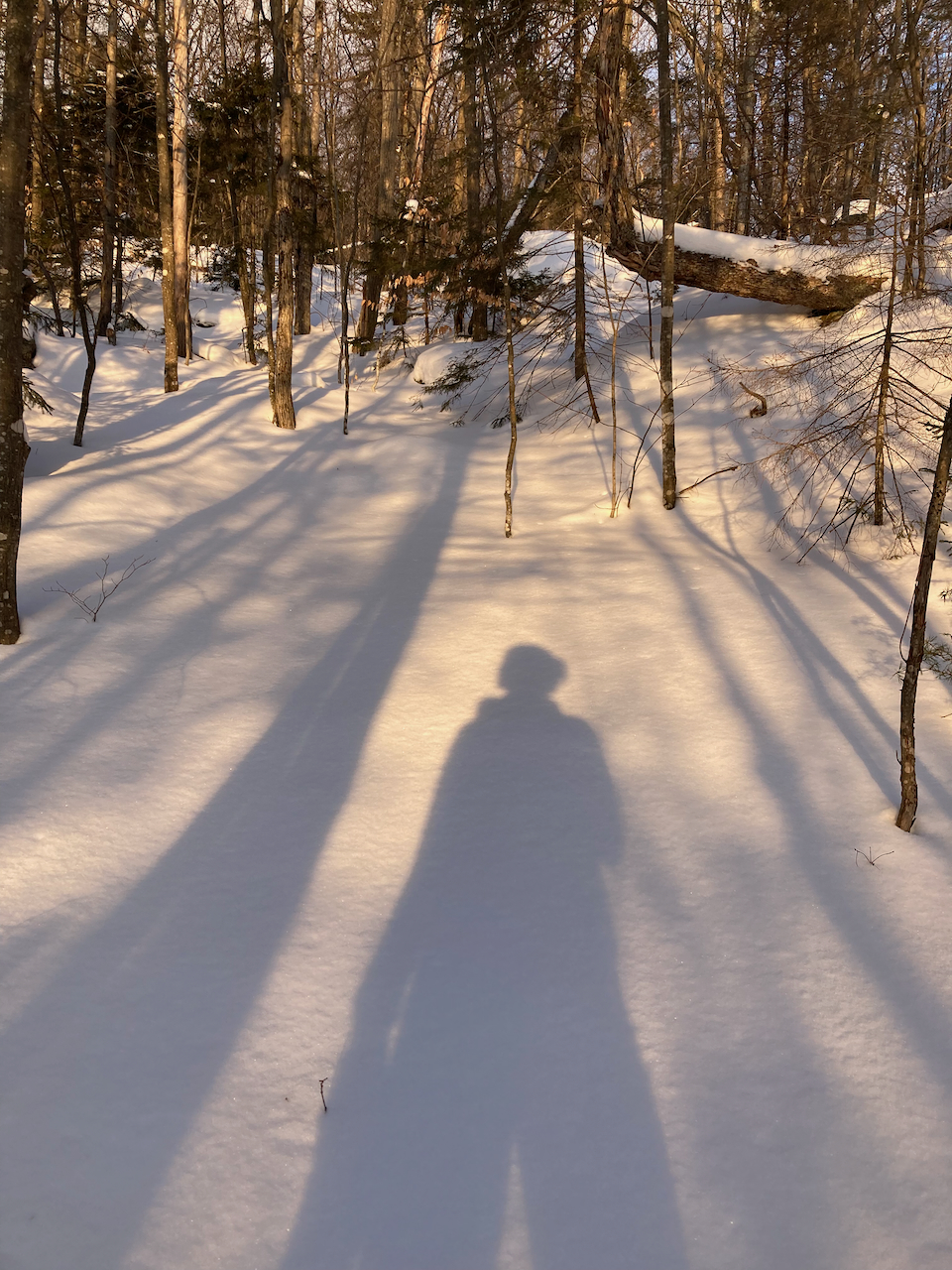
There is an interesting duality to the month of January. On the one hand, the new year feels ripe with possibility and promise and on the other it often comes with a post-holiday slump only made worse by the gloom and cold of winter. What does the new year signify to you? When considering potential resolutions, what came to mind? According to Forbes Health/OnePoll survey, improved fitness and improved mental health factor in to the top three resolutions made in 2024.
Investments in our goals to improve physical and mental health can look like a variety of things: memberships, equipment, supplements, consultations… and the list goes on. Not surprisingly, many businesses have caught on and are poised to capitalize on this annual wave, ready to offer you exactly what you need at exactly the right time- for a fee, of course. Profiting from trends aside, what matters most, is that what you choose supports you in achieving your goals. So if improved fitness and mental health factor into your list of top resolutions, perhaps there is a highly effective resource, that is readily available, low-cost and with little to no negative side-effects, available to help you achieve those objectives…
The Biophilia Hypothesis posits that humans have an innate desire to connect with the natural world. Considering we had a direct and very concrete dependence on this connection for the better part of our evolutionary history, this makes a lot of sense. Why wouldn’t we have an affinity for and awareness of what sustains us? That instinctual tendency to connect lingers in our biology to this day and is very much intact when we are younger. The opportunities for nurturing this tendency throughout our lifetime, however, are fewer and farther between (just one of the reasons why we are so passionate about our Nature Education Program). This modern day reality has noticeably affected us mentally, emotionally and physically… to the point we are at a time where the concept of a “prescription for nature” is a legitimate thing!
There is a large body of research demonstrating the profound positive impacts nature can have on our health and wellbeing. With health on so many people’s minds, especially at this time of year, we thought it would be the perfect moment to outline some key bits of compelling information and some practical suggestions around the topic of making more time for nature in support of a healthier lifestyle…
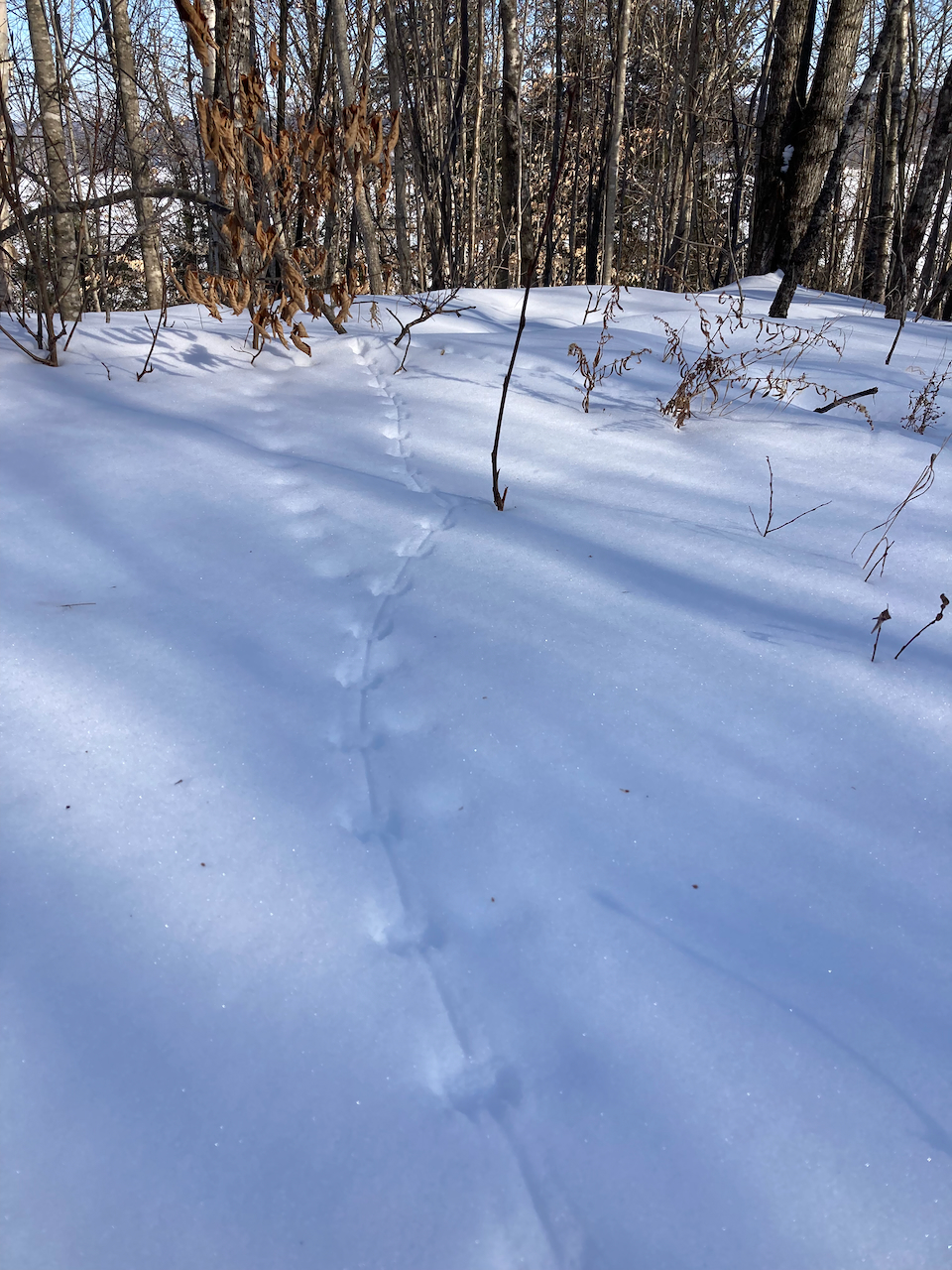 Who benefits from time spent in nature? The short answer: everyone. At any age there are benefits to not only taking time to be in proximity to nature, but to intentionally engaging with the natural world.
Who benefits from time spent in nature? The short answer: everyone. At any age there are benefits to not only taking time to be in proximity to nature, but to intentionally engaging with the natural world.
Just some of the ways time in nature can benefit us at all stages of life:
- For children, it can help improve attention and memory as well as the ability to cooperate with others, all of which support a child’s ability to learn and thrive in social settings. On the physiological side, time in nature can encourage lung function and make them less likely to develop allergies, not to mention supporting motor skill development.
- For adults, it can reduce the risk of cardiovascular disease and play a roll in regulating blood pressure and blood sugar.
- For all, time in nature inherently involves fresh air and often involves movement – both of which are beneficial to our physical and mental wellbeing.
For more insight into the ways we are better off for connecting with nature, visi PaRx: A prescription for nature and this article in the International Journal of Environmental Research and Public Health.
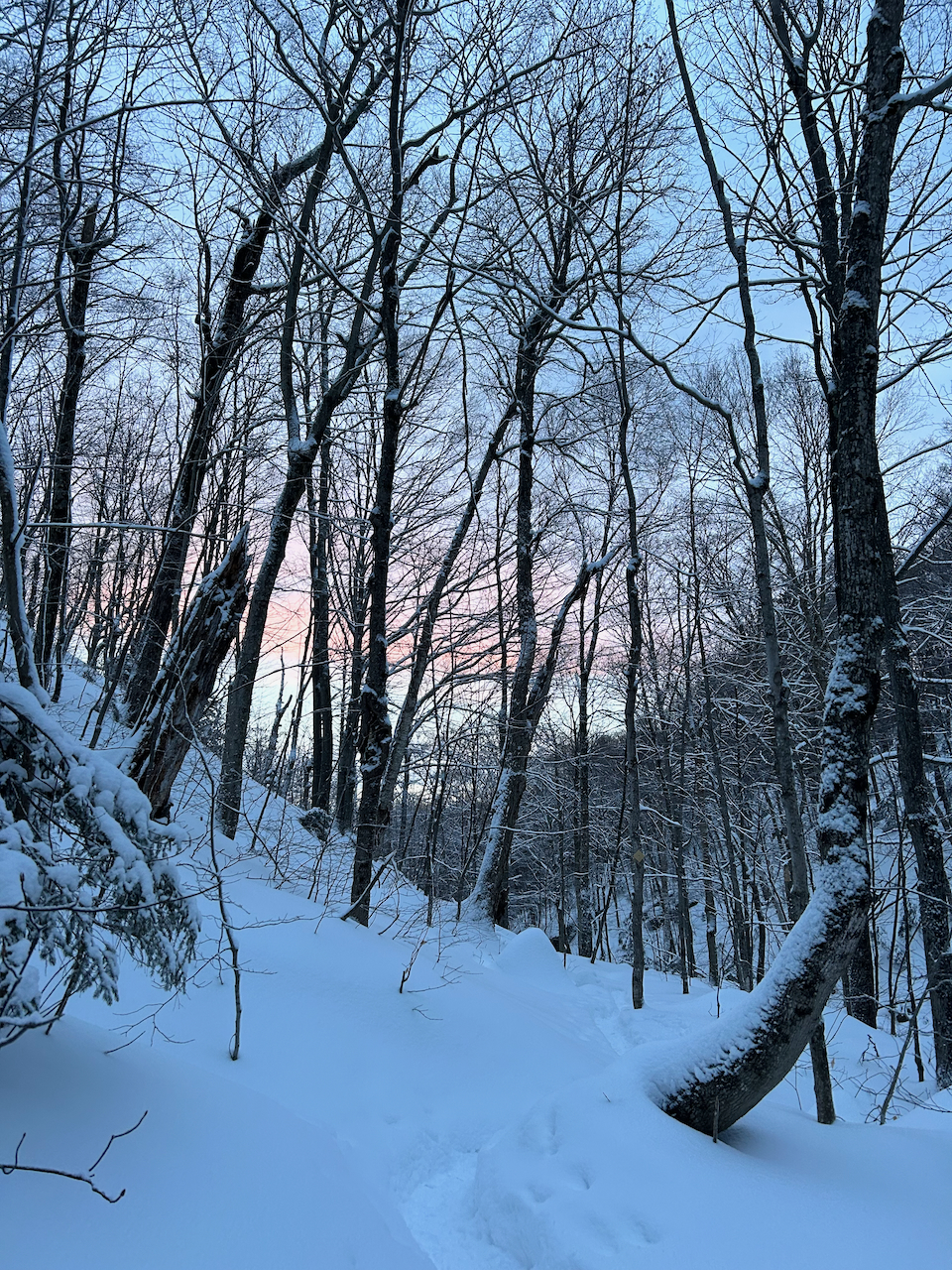 What does connecting with nature look like? Just being in nature can affect us in a positive way, no agenda necessary. This is a great place to start, particularly for those who are not accustomed to spending lots of time outside. If you want to take it further, key things to keep in mind are the presence and intention you bring to your experience of the natural world. “Stopping to smell the roses”… or “Pausing to observe the lichen”… or “Lingering to listen to the chickadees flitting around the feeder”. In short, slow down, notice and appreciate the everyday things.
What does connecting with nature look like? Just being in nature can affect us in a positive way, no agenda necessary. This is a great place to start, particularly for those who are not accustomed to spending lots of time outside. If you want to take it further, key things to keep in mind are the presence and intention you bring to your experience of the natural world. “Stopping to smell the roses”… or “Pausing to observe the lichen”… or “Lingering to listen to the chickadees flitting around the feeder”. In short, slow down, notice and appreciate the everyday things.
Where can I connect with nature? Anywhere. Nature is in the snow that falls gently outside your window and in the life that grows on the bark of your favourite tree in the nearby park as much as it is in the remote depths of the wilderness. The beauty of this is that you don’t need to go far to incorporate nature into your life.
5 Prompts for Making More Time for Nature
1: If you’re even the slightest bit intrigued, make a commitment to yourself by setting a realistic objective! With as little as two hours a week, spread out in increments of 20 minutes or more, you can experience the benefits of connecting with the natural world. How can you incorporate those nature breaks into your schedule in a way that feels feasible?
3: Consider your current activities and hobbies – can you adapt them so they can be done outside? If not, can you occasionally swap an indoor activity for one outdoors? Families, for example, might want to try getting bundled up and doing storytime outside every now and then. Those who enjoy working out at the gym could occasionally save the cardio portion for a fast-paced walk or hike in a nearby trail network.
2: Make a list of five places you can visit without too much planning or preparation. Whether around the home, in the neighbourhood, or a short distance drive away, identifying places that you know and are easy to get to increases the likelihood of following through. If you’re feeling adventurous, maybe add one place you’ve never been before and set a goal to visit it sometime this year.
4: If you are feeling uninspired or just curious to hear some ideas, consult resources for prompts on different ways of engaging with the natural world. You can start by referring to our Nature Advent Calendar published in our December newsletter because these ideas work all winter long! Be Outside, Idaho also has a list of 101 Things to Do Outside in Winter.
5: Check in and celebrate. Whatever your new nature routine looks like, take time to notice how it lands. As part of your routine, before you go out, take inventory of how you are feeling both physically and mentally. Then check back in after. Recognize even the tiniest shifts that take place and congratulate yourself on every opportunity you seize to spend time outside.
Whether you are riding the high of New Year possibilities or feeling the weight of the post-Holiday slump, take comfort in knowing the natural world is always there to support you in leading a healthier lifestyle. From taking breaks from the computer and directing your gaze more intentionally out the window to taking a long meander through the woods on a Saturday morning, there are countless benefits to be enjoyed for the body, mind and soul.
References
- Nurtured by nature (American Psychological Association)
- PaRx: A prescription for nature
- New Year’s Resolutions Statistics 2024
- Associations between Nature Exposure and Health: A Review of the Evidence

